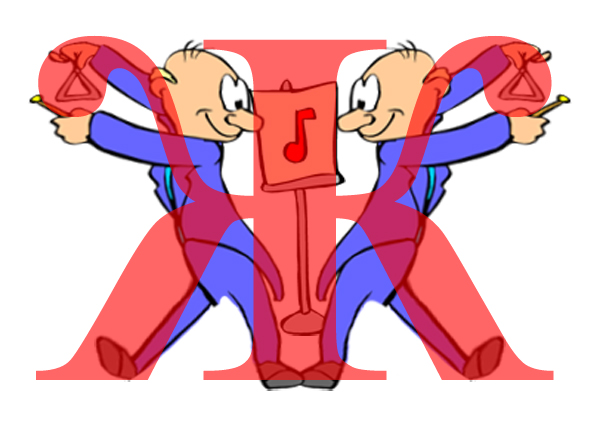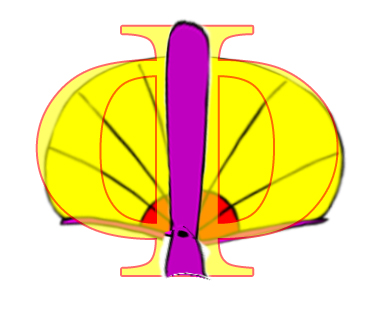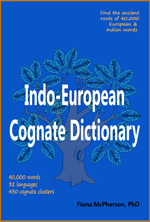Learning a new language is made considerably more difficult if that language is written in an unfamiliar script. For some, indeed, that proves too massive a hurdle, and they give up the attempt.
Scripts, like languages, also vary considerably in difficulty. There are two main reasons for this. One is the number of characters to learn, and here an alphabetic script (like the Roman one we’re using now) has a big advantage. The marvellous wealth of the English language is available using only 26 letters! Most alphabets come in at somewhere around this number (although the largest, Khmer, is 74).
A syllabic system, on the other hand, ranges from around 50 to several hundred! Japanese hiragana, for example, contains 75.
Japanese is a very interesting example, because it has three scripts in use: two syllabic and one logographic. The logographic, which is called kanji, derives from the Chinese. Logographic scripts contain thousands of characters. The Japanese Ministry of Education prescribes a ‘basic’ 1,850 as most essential for everyday use.
It’s not surprising that mastery of two syllabic scripts and nearly 2,000 kanji proves a stumbling block for many students of the language!
The second reason for the great variation in script difficulty is the complexity of the characters. While some logographic characters can be as simple as Roman letters, these are few. Most are complex, some bewilderingly so.
If you want to learn a language that uses a script different to your own, you will find it much easier if you concentrate on the script as a separate issue (don’t simply struggle through trying to learn the language and script at the same time). You want to get your familiarity with the script to something approaching automaticity — that is, you don’t need to think about what the letter is, you just know it. The only way that’s going to happen is through practice.
Of course you get practice if you work on the language and script at the same time, but the problem is that the practice is not concentrated enough to speed your progress. You will actually save time (and make it more likely that you’ll continue with the language), if you master the script swiftly, through concentrated practice. (These remarks refer only to alphabetic or syllabic scripts, which have a more limited number of characters — whatever you do, you’re not going to master a logographic system swiftly!)
As always, though, your need for practice will be reduced if you can make the letters more memorable.
Within the Indo-European language family, there are essentially 5 scripts in use. The most common is the Roman script, which is what English uses. The Hellenic languages use (of course) the Greek alphabet. Russian and many other Slavic languages use the Cyrillic alphabet. Sanskrit and Hindi (and many other Indian languages) use Devanagari. Persian is written in the Persian alphabet, which is a modified Arabic script. Pashto, similarly, is written in its own modified Arabic script.
I have produced a short workbook for the Russian script, which uses grouping and visual mnemonics to make the letters more memorable, test questions to help you practice the letters, and vocabulary lists for further practice. The vocab lists appear for each group of letters, so you can practice on words that only use the letters you have learned. They also use words that are mostly cognate with English words (my Indo-European Cognate Dictionary was invaluable for that), or are otherwise easy to remember. Thus you can not only practice your letters, but also pick up some few hundreds of words as well.
I’ve put up a page with the Russian alphabet and some of these visual mnemonics.
I have also now produced a similar workbook for the Greek alphabet, which includes 800 words in ancient Greek and a special section of medical and scientific root words. You can see a page with the Greek alphabet and some visual mnemonics from the workbook.
There are also some games for both the Russian and Greek alphabets.







